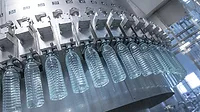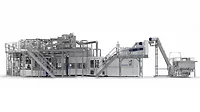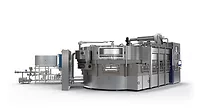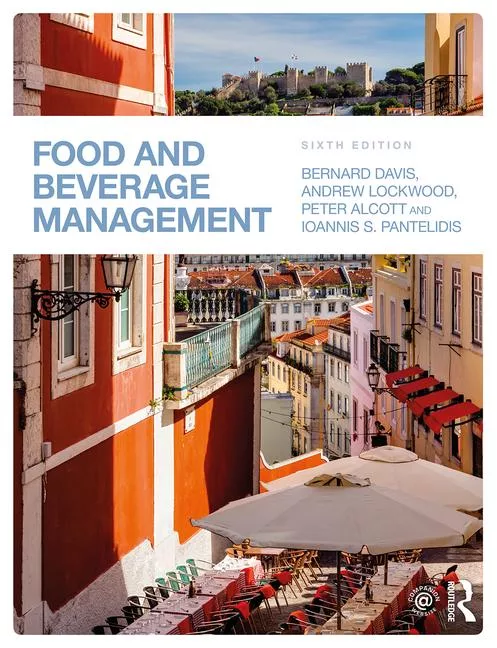Beverage brands capitalize on trends with printer technology
In-house printing increases speed to market, reduces cost

Food and beverage manufacturers have plenty of reasons to be optimistic about future sales as the millennial generation (also known as Generation Y) begins to wield more buying power. Generation Y — those born between 1980 and 2000 — could be the most food-trends-focused group ever, which provides food and beverage brands with unprecedented opportunities.
However, expanding opportunities attract more competitors to the marketplace, and the marketplace itself already is more complex than it used to be. It includes purchasing sites such as specialty shops, regional and national chains, and online buying hubs. The competition for shelf space is fierce on every buying platform, so to be successful, food and beverage manufacturers have to find a way to stand out from the crowd.
The key is to stay on the cutting edge of foodie trends and respond quickly when hot new food and beverage categories emerge. Gourmet take-and-bake, locally grown foods, regional specialties, gluten-free products — all of these trends have had their days in the sun and continue to be popular choices, but the manufacturers who recognized the trends early and responded quickly to meet new demands had the best opportunity to build consumer loyalty.
In addition to meeting emerging demands, the product also has to look good on the shelf. The right labels and packaging can attract new customers and position the product for wider success. However, manufacturers often find it difficult to turn on a dime to meet emerging demands because of the time and expense involved in designing a new label and having label runs produced by a printing house, which is the model many manufacturers still use, despite the availability of new options.
Printing technology can change that model, paving the way for manufacturers to adopt a more agile design and label production strategy. Today, affordable, entry-level desktop inkjet label printers are available that can give food and beverage manufacturers the ability to quickly produce a short run of labels with sharp text and crisp graphics in-house.
Food and beverage operations that need higher-volume printing options now have access to digital label printing and application solutions to address larger printing jobs in-house. Solutions are available that can fully match or exceed the label quality typically found in printing houses that use expensive digital presses.
Technical advances in label printing equipment now make it feasible for food and beverage manufacturers of all sizes to quickly design new labels and produce them in the quantities needed to capitalize on new trends. Modern printers also can handle label printing across a variety of materials, including liquid and scratch-resistant synthetics.
The ability to go from concept to design to printing in minutes with an in-house printing approach not only increases speed-to-market, but it also allows food and beverage manufacturers to save money by using a less-expensive printing alternative that does not require ordering a minimum number of labels, as is typically the case at printing houses. This means manufacturers save money up front with shorter runs and in the long term by reductions in unused label inventory.
Millennials — the foodie generation — already are changing food and beverage buying habits with their focus on gourmet and specialty items and willingness to make purchases wherever they can find the products they want. Food and beverage manufacturers who spot emerging trends and have the agility to position their products accordingly are more likely to gain shelf space. And with greater flexibility and affordable in-house printing options, food and beverage manufacturers also can gain a competitive edge.
Looking for a reprint of this article?
From high-res PDFs to custom plaques, order your copy today!







